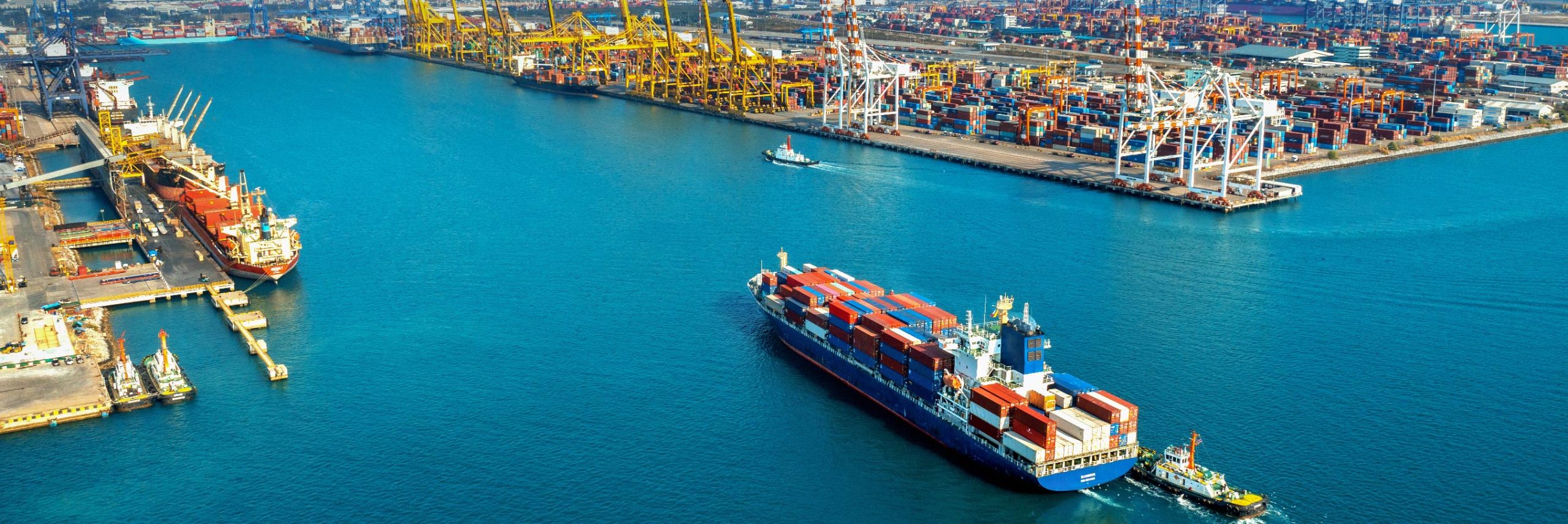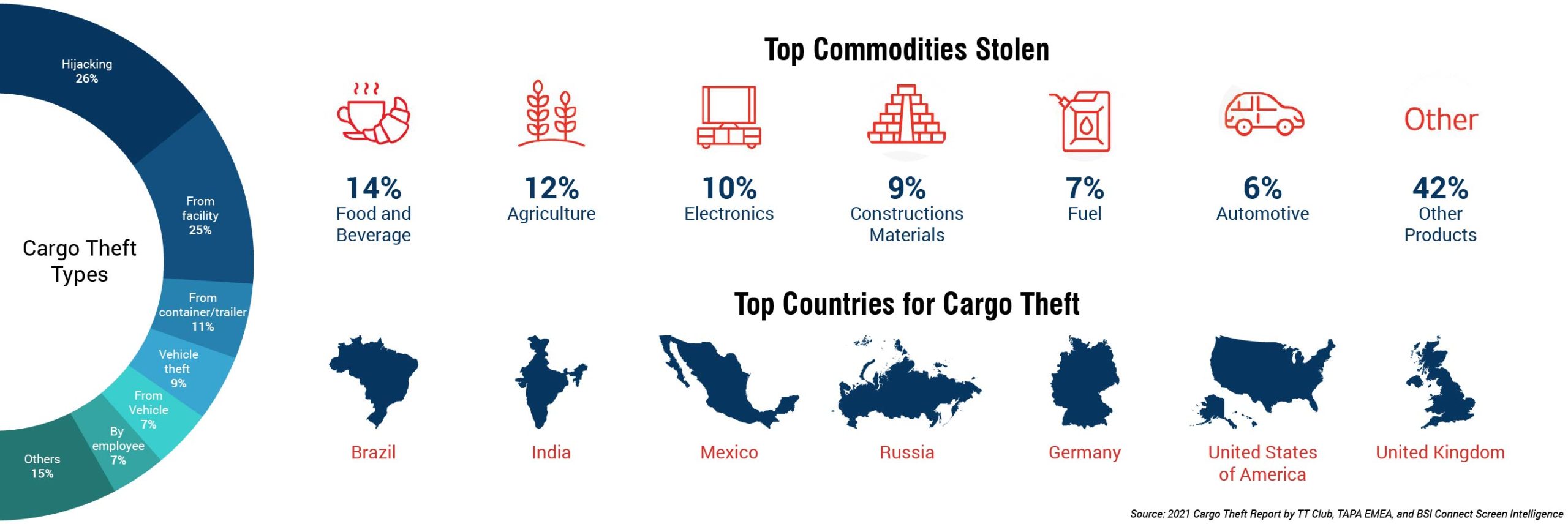
16 Mar Ensuring Crew and Cargo Safety with Maritime Single Window
More than 200 marine and shipping accidents occur annually, and at least 30-40 crew members sustain injuries and fatal incidents. In addition, cargo theft is becoming prevalent, with US and Canada reporting around 20 per cent increase in thefts and supply chain risks in 2022. The industry and the regulators have long introduced new rules and mandates to tackle this situation. However, the number keeps increasing gradually, and all Maritime stakeholders are at constant risk. At a high level, the International Maritime Organization (IMO) introduced fresh amendments to the existing FAL mandate and the same stresses upon ensuring crew and Cargo safety for a seamless operational flow.
What does the mandate emphasise on Crew and Cargo safety?
The mandate emphasises designating Port and ship crew as key workers irrespective of their nationality in that region. All crew and cargo information will be declared before they arrive at the destination Port. Doing so will thwart any delay in treating the injured crew members, and the casualties will eventually get reduced. Regarding Cargo safety, vessels are mandated to declare the contents of the vessel before their departure at the source Port.
Role of Maritime Single Window in ensuring Crew and Cargo Safety
With Maritime Single Window, the type of Cargo and amount of Cargo is well defined, and the overall process is transparent for stakeholders to operate seamlessly. Therefore, there would be no question of Cargo theft. Regarding crew safety, the Maritime Single Window System will provide all details on the crew before they depart from the source Port. This way, treating injured crew members will be seamless for the local healthcare workers in any region globally.
Is Maritime Single Window the future of Maritime trade?
Implementing Maritime Single Window is a step towards accelerating digital trade facilitation in the Maritime industry. Industry stalwarts believe it will fast-track digitisation measures and seamlessly automate Port operations for the larger good. Provided the Maritime sector will gradually have to move towards 100 per cent digitisation before the said date, and working with a Maritime Single Window will be the new normal. The platform can act as a control to document individual work steps and transmit each new status in real-time to all authorised participants. With advanced technologies like blockchain, AI, IoT embedded cargo tracking and the health of the Cargo will be at the fingertips of the authorised stakeholders.


